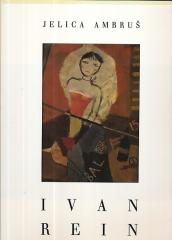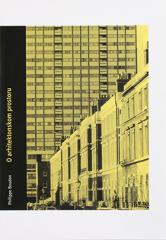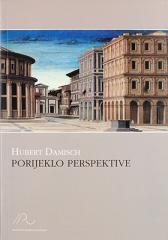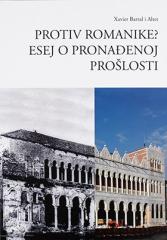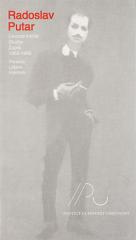Institut za povijest umjetnosti Sveučilišta u Zagrebu
Zagreb
Hrvatska
Naslovi u ponudi
Avangarda u sjeni Jalte: umjetnost Srednjoistočne Europe u razdoblju 1945.–1989.
A complex study of art production in the area between the "Iron Curtain" and the borders of the former Soviet Union, which shows the events on the art scene of Bulgaria, Czechoslovakia, Germany, Hungary, Poland, Romania and the former Yugoslavia.
Baština u fokusu – 50 godina Instituta za povijest umjetnosti u Zagrebu (1961.–2011.)
This book, as a bilingual edition (Croatian-English), is intended for experts and the general public, i.e. all interested readers who have an interest in the artistic heritage of Croatia.
Iso Kršnjavi kao graditelj – izgradnja i obnova obrazovnih, kulturnih i umjetničkih spomenika u Hrvatskoj
Unthinkable without Strossmayer, possible after Mažuranić, and during Khuen's era it couldn't have been any different - the right man at the right time. Second edition.
Ivan Rein
The monograph reconstructs the life and work of Ivan Rein, a famous and prematurely deceased Croatian painter of Jewish origin in the whirlwinds of World War II.
O arhitektonskom prostoru: eseji o epistemologiji arhitekture
Philippe Boudon, architect and theoretician of architecture, is the originator of the scientific discipline called architecturology, which aims to understand architecture from the point of view of scale and proportion.
Oton Postružnik: u znaku likovne preobrazbe
Mit dieser Monographie behauptet sich Oton Postružnik zu Recht als einer der bedeutendsten Protagonisten der kroatischen modernen Malerei.
Porijeklo perspektive
Der Autor beschäftigt sich mit der Hinterfragung der Perspektive. Ausgehend von der üblichen Betrachtung der Perspektive als optisches und symbolisches Problem tritt sie in eine breitere interdisziplinäre intellektuelle Struktur ein, die für die zeitgenös
Protiv romanike? Esej o pronađenoj prošlosti
In diesem Buch wird der Begriff der romanischen und romanischen Kunst selbst in Frage gestellt, ihre Wurzeln erforscht und vor allem ihre historiographische Genese in den besonderen kulturellen Kontext der ersten Hälfte des 19. Jahrhunderts gestellt.



